The curious story of Julia Margaret Cameron
Think of portrait photography and names like Joe McNally or Yousuf Karsh will probably come to mind. But one of the earliest portrait photographers, certainly one of the earliest female portrait photographers, deserves to be remembered as we approach the 199th anniversary of her birth.
Julia Margaret Cameron was born 11 years before the first known photograph was taken, on 11 June 1815. She was the daughter of an East India Company official and a French emigré who had settled in Calcutta. Her mother, the daughter of a French aristocrat thought to have been Marie Antoinette’s lover, had Julia largely educated in France. Although there were of course no photography courses or workshops at the time, the first photographic images would have been taken not far from her as she studied.
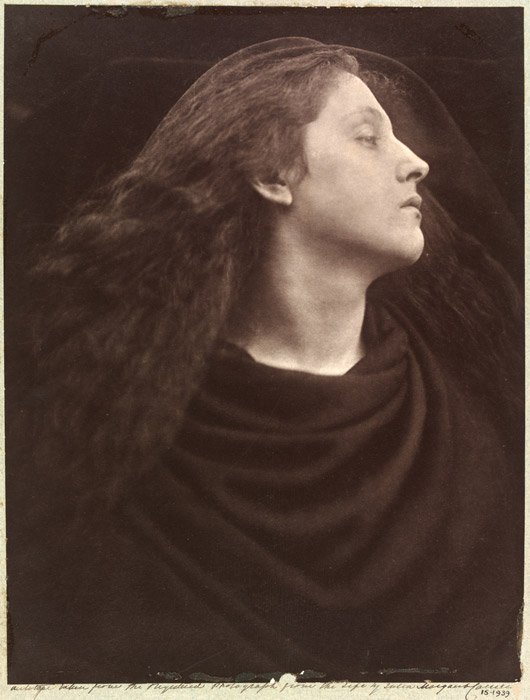
‘Call, I follow, I follow, let me die!’ by Julia Margaret Cameron London, 1867
On the photo Cameron’s parlour maid, Mary Hillier
It was not until 1838 that Julia owned her first camera. Now in her late forties, her eldest daughter and her husband jointly decided to give Julia a camera as a gift. She had shown an interest in setting up scenes with local photographers at their home on the Isle of Wight, perhaps betraying the first signs of unusual talent. She learned quickly and assiduously developed a style that was to become famous, joining both the London and Scottish Photographic Societies within a year. The great poet Lord Tennyson was present for much of this early phase of her photographic career, perhaps helping to bring out her artistic side.
Julia’s photography developed into what Getty Images last year described as some of “the finest in the early history of photography”. Her portraits are filled with a presence and emotion that gives new life and meaning to the mid 1800s in a way that paintings and books never could.
‘Sadness’, an 1864 work portraying a young actress, could be the subject of whole photography workshops. Similarly her 1873 piece, ‘I wait’, shows an early appreciation of the possibilities of the camera which are still being explored in photography courses today.
If she has been somewhat forgotten in recent years, her approach birthday is the perfect opportunity to rediscover her and her extraordinary, haunting portraits.
Her name might not be one of the most well known in photography, but Julia Margaret Cameron’s work is one of the early foundation stones upon which contemporary photography courses and studies are based. What a curious story that foundation stone has to tell.

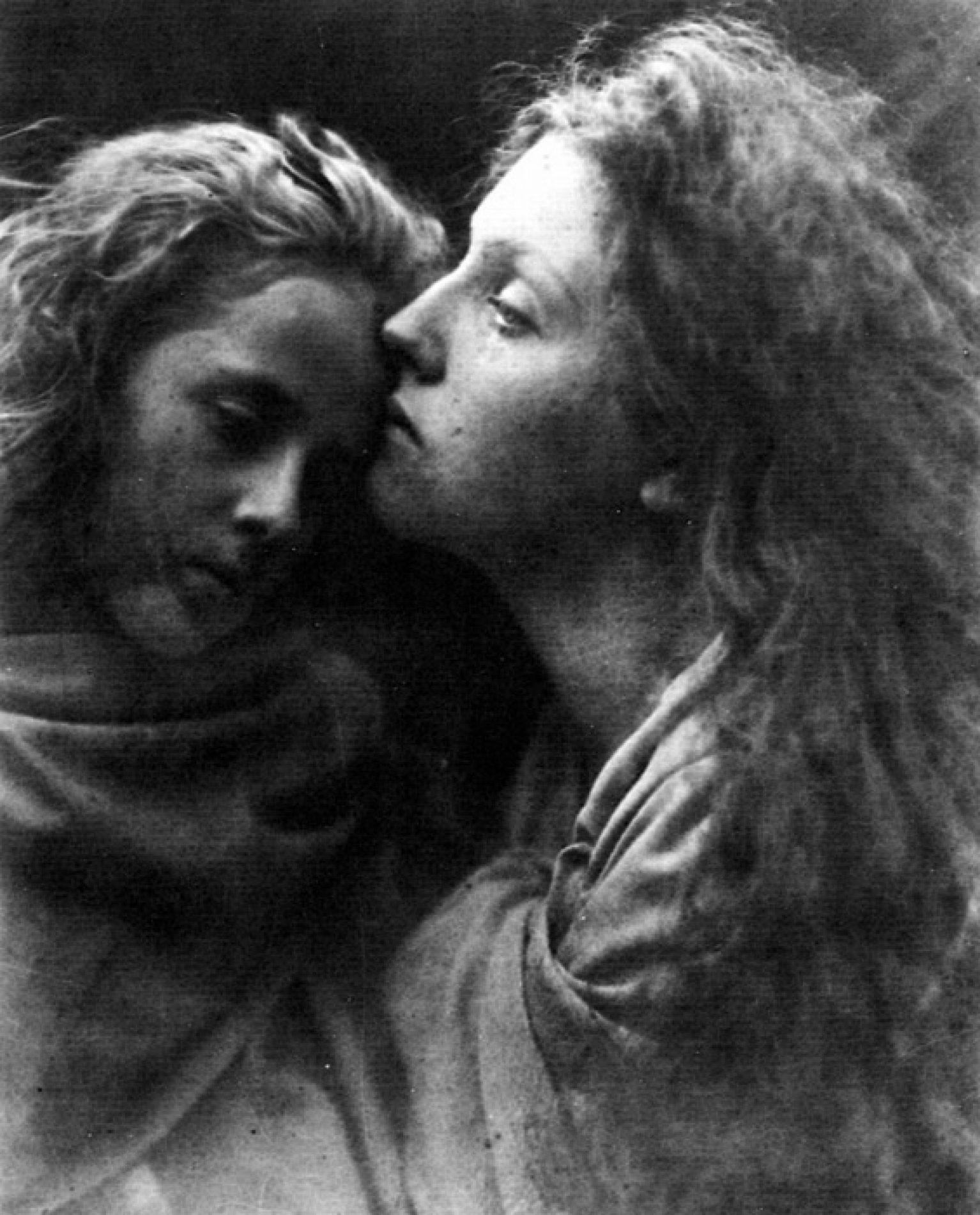
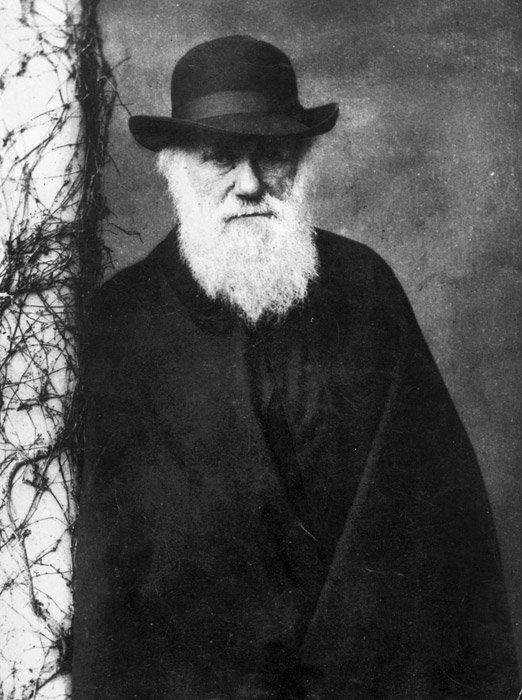
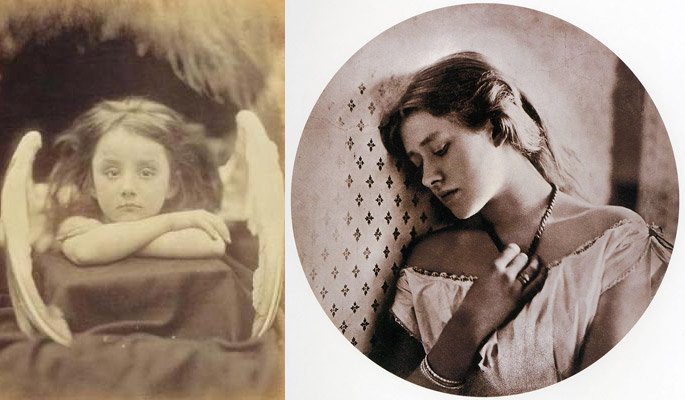
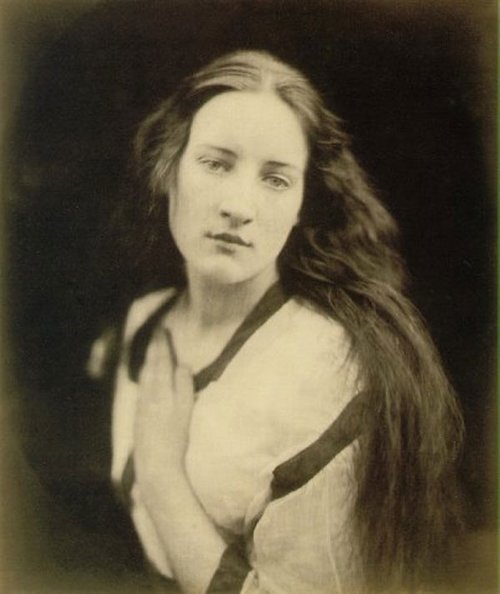
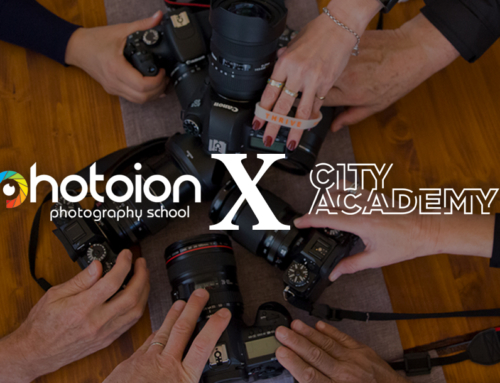
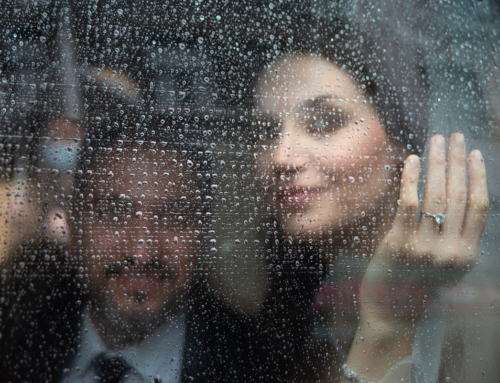
Leave A Comment